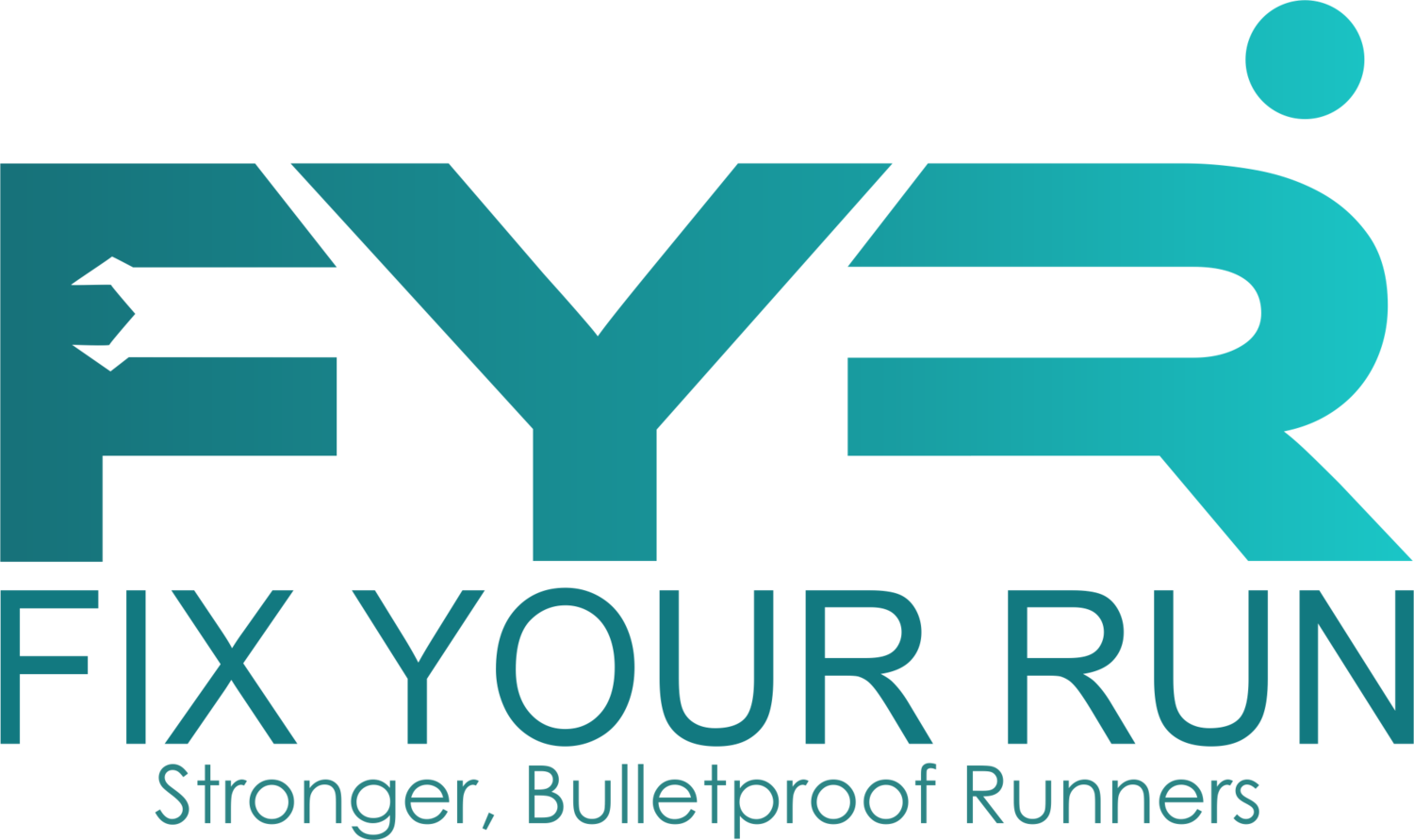Why I Will Ask You To Roll Around On The Floor Like A Baby When We First Meet
The underlying cause for many a poor movement issue is a dysfunctional core. Rolling can help re-establish proper core function.
Base Training: More Than Just Running
Whether you want to do x, y, or z, you'll always do better if you have a base of support holding you up. When it comes to training, I'm talking about 3 bases: Movement, Strength, and Aerobic.
Shut Your Mouth: Endurance The Easy Way
Clients often give me that WTF look when I make the following suggestion: “Breathe only through your nose.” Like, ok, what the heck are you talking about? And what does that have to do with the half marathon I want to run or simply beginning a running program? “Well, just... everything.”
Random Bits Of Awesome
Today I just wanted to share as I've noticed quite a few great articles put out recently by some of my favorite trusted sources. Check 'em out and enjoy!
Don't Run On Crack!
I think we can all agree that generally the goal in racing is to get from point A to point B as quickly as possible. To that end, the less sideways movement, the better. With crossover gait, you've got a bit of lateral motion in not only the feet, but also the entire center of mass. This is NOT GOOD!
Sprinting Rules Pt.4
When we talk bang for the buck, sprints have to rank near the top of the list of things you can do that will noticeably improve your distance running in a short time period. From improving your coordination to developing stride power, just a small amount of sprinting can take your running to the next level in only a few weeks. They can be magical, but they can also be disastrous, however. The range of motion required and your body's ability to tolerate huge amounts of force determine if you should even try sprinting in the first place.
Sprinting Rules pt.3
Once you've addressed your tissue quality and joint mobility and, at a bare minimum, woken up your sleepy butt muscles, you are ready to incorporate a highly effective form of speed training into your routine: Strides! The thing I love about strides is that they don't carry the same injury risk as all out sprinting, but give nearly the same benefits.
Sprinting Rules pt.2
Your butt muscles' ability to engage at the right time and generate force into the ground is a major key to running fast. Here's how to bring them up to speed!
Sprinting Rules pt.1
Sprinting puts a ton of stress on the body and unless you're prepared to absorb and distribute those forces appropriately, it's like playing with fire. Before you even think about starting a sprinting routine, address your soft tissue quality and joint mobility every day for a month.
Guilt Free Cake? It is possible.
You can’t be “fast” without having some semblance of strength (or horsepower) in reserve. You can’t improve your timed mile, or taking a bit further, your marathon time if you can’t generate more force into the ground to propel yourself forward. You also can't eat "cake"...
The Cause of Your Tight Muscles pt.3
The problem with sitting isn't so much the sitting; rather, it's the fact that you aren't climbing, swimming, paddling, rolling, running, dancing, or crawling.
The Cause of Your Tight Muscles pt. 2
Ever try to walk or run on ice? What happens? You brace or tense up to create extra stability throughout your body in an attempt to survive. This could very well be happening and you don't even know it.
The Cause of Your Tight Muscles pt. 1
Today I want to briefly touch on one of the biggest reasons as to why your muscles are tight. Identifying the cause of your specific tightness is key if you have any hope of resolving the issue.
Pelvic Unleveling?? Yikes!
When your foot hits the ground lots of stuff happens. The focus of today's post is the pelvis and how it should remain level when running. As one client put it, pelvic unleveling just sounds downright “unnerving”.
Why One Should Not Run in Minimalist Shoes
I can think of 3 reasons why someone should stick to 'conventional' training shoes which are heavier, stiffer, thickly cushioned, and which possess a steeper 'ramp angle' from heel to toe. If you fit the definition of these 3 categories, there's likely no rush to change footwear.
One Sided Injuries
The last time you had a running or training related injury - was it on one side or both sides of your body? Why is that, do you think?
How Much Should You Exercise?
Drugs are prescribed with the “minimum effective dose” in mind. What is the least amount of drug that needs to be taken to have the desired effect? 2000mg of aspirin would definitely dull your pain, but maybe 200mg would give you the same relief with less chance of, uh, liver toxicity. What is the least amount of exercise needed to give you the result you want?
Caught in the Training Whirlpool?
One thing I learned early on was that if you want to reach a high peak with your fitness, you need to dip into a low valley, too. Does this mean losing fitness?
Racing In The Moment
Many people are overwhelmed with the prospect of covering a long distance. And let's face it, whether it's 13.1 or 26.2, it's a long way! So how can you stay in the moment and enjoy every step of your journey while brushing aside fear and doubt? Here are some tips that have helped me.

